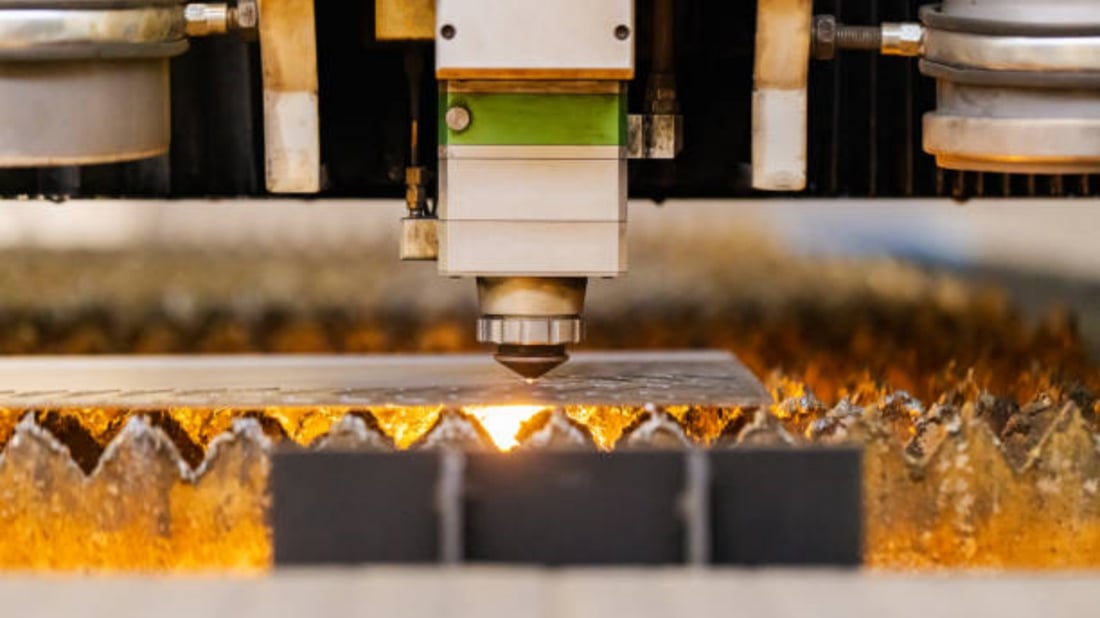What cannot be cut with a laser cutter??
The laser cutter is a versatile cutting tool that has a multitude of applications, from creating intricate designs on a variety of materials to cutting out complex shapes with speed and precision. However, there are limits to what a laser cutter can do. In this article, we will explore what materials and substances cannot be cut with a laser cutter, and why.
1. Metals
Most laser cutters are unable to cut through metal, unless they are specifically designed for that purpose. This is because metals are highly reflective, and they absorb and reflect the laser beam instead of cutting through it. However, some laser cutters can cut through thin sheets of metal, such as aluminum or brass.
2. Thick Materials
The thickness of the material can also affect its ability to be cut with a laser cutter. Generally speaking, laser cutters are not very effective at cutting materials that are more than one inch thick. The thicker the material, the longer it takes for the laser beam to penetrate all the way through it, which can result in a rough and uneven cut.
3. Transparent Materials
Laser cutters rely on a high level of absorption to be able to cut through materials. This means that transparent materials, such as glass or acrylic, are unable to be cut with a laser cutter. However, certain types of plastics can be cut with a laser cutter because they absorb the laser light differently compared to glass or acrylic.
4. PVC and Vinyl
Polychlorinate vinyl (PVC) and vinyl are materials that should never be cut with a laser cutter. When PVC is heated, it releases chlorine gas, which is toxic and can corrode the laser cutter's internal components. Vinyl, on the other hand, releases hydrochloric acid when it is melted, which can damage the laser cutter and be harmful to the user.
5. Reflective Materials
As mentioned previously, metals are highly reflective and cannot be cut with a laser cutter. However, there are also other materials that reflect the laser beam, such as mirrors or high-gloss surfaces. The laser beam will reflect off these materials, which can cause damage to the laser cutter or even start a fire.
6. Carbon Fiber
Carbon fiber is a tough and durable material that is used in many applications, from aerospace to automotive industries. However, it is not suitable for laser cutting because it contains epoxy and resin, which can melt and emit harmful fumes when exposed to high heat.
7. Rocks and Stones
While it may be tempting to try and cut rocks and stones with a laser cutter, it is not a good idea. Rocks and stones are too hard and dense for the laser beam to penetrate, which can cause the laser cutter to backfire and result in damage to the machine and the operator.
8. Some Fabrics
Some fabrics, such as silk or nylon, are sensitive to heat and can melt or warp when exposed to a laser beam. However, other fabrics like cotton or denim are suitable for laser cutting because they can withstand heat and provide a clean and precise cut.
9. Food and Beverages
While it may be possible to cut certain types of food and beverages with a laser cutter, this is not recommended. Not only is it difficult to maintain a clean and safe cutting environment, but the residue from the food and beverages can also damage the laser cutter over time.
10. Human and Animal Tissue
While it may seem obvious that laser cutters should not be used on human or animal tissue, it is worth mentioning. The high intensity of the laser beam can cause thermal damage to the tissue, which can be painful and harmful. Laser cutters should only be used on inanimate objects.

